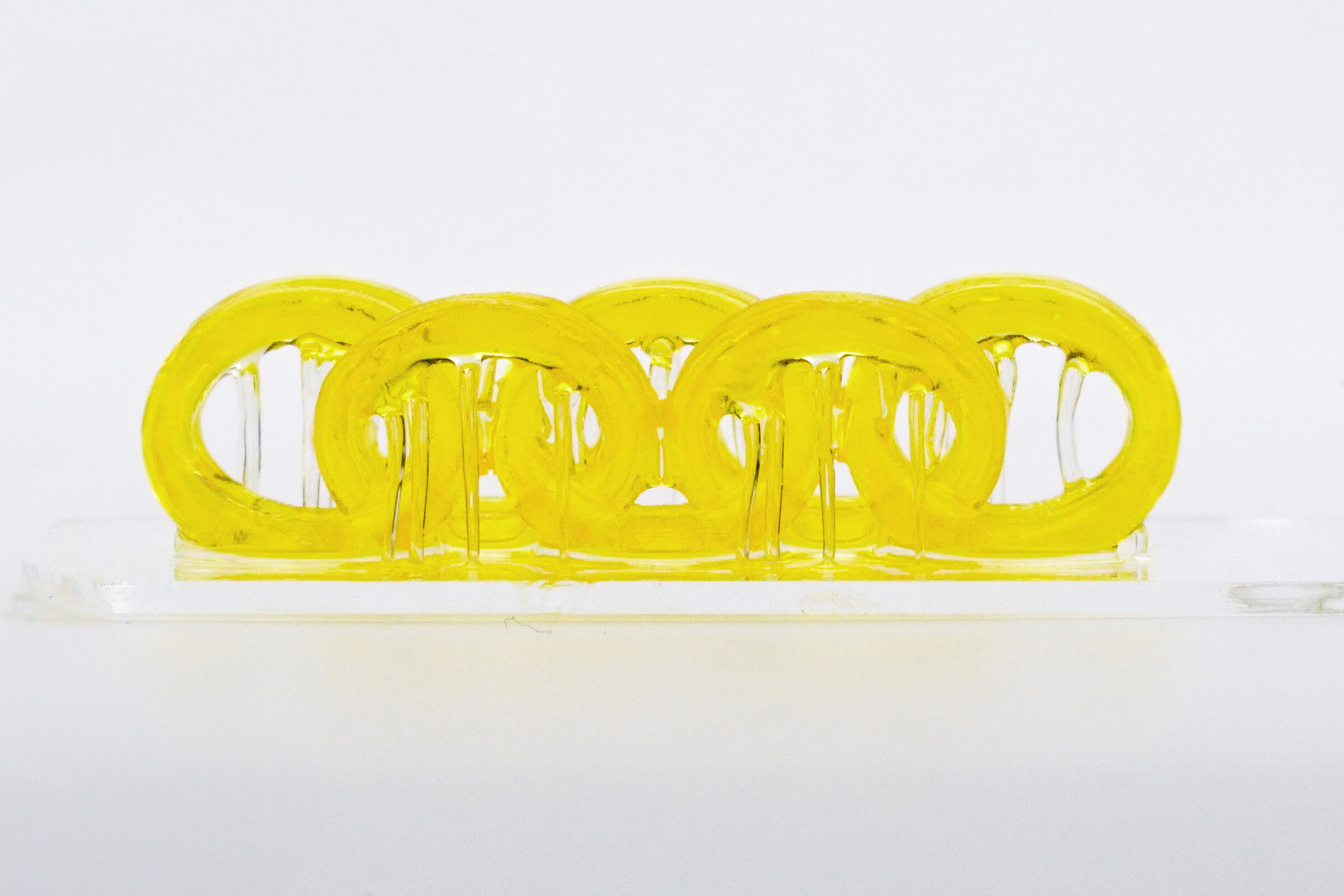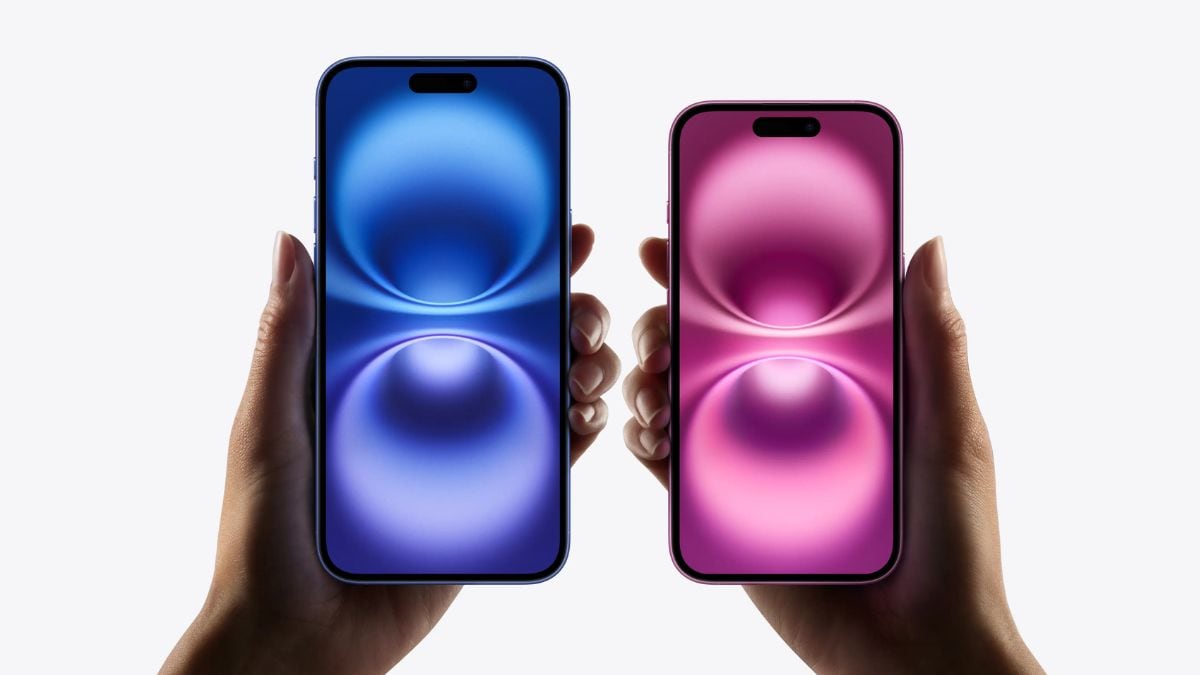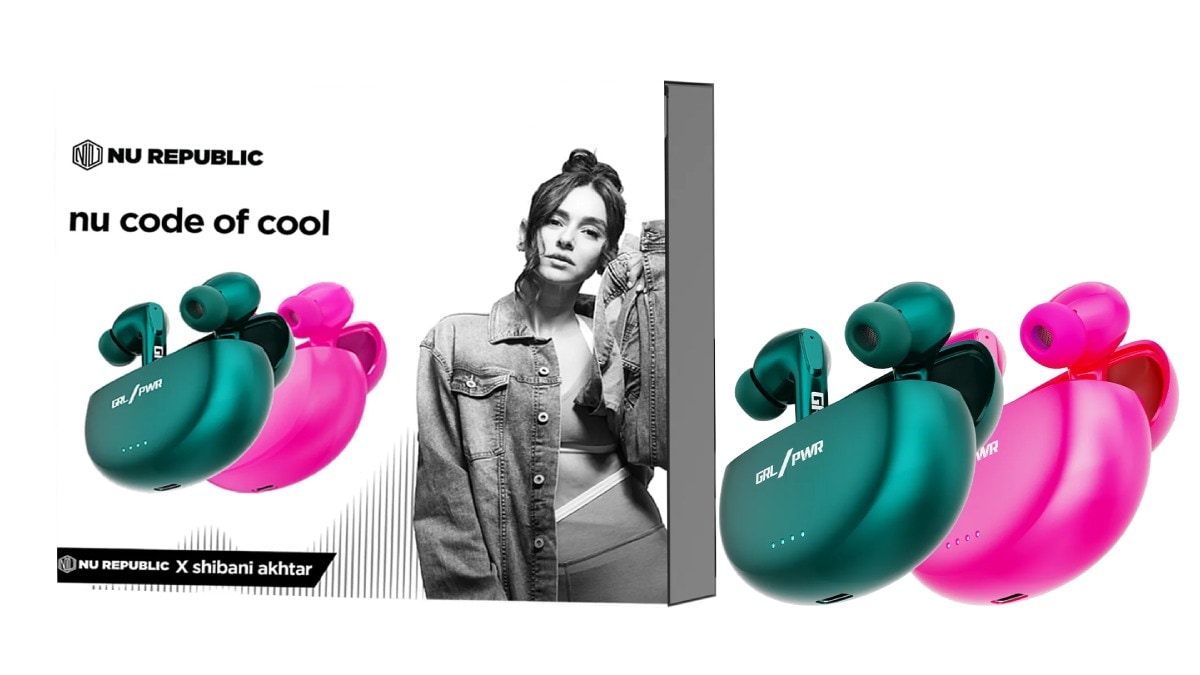
The result of a new method for Printing Objects Using Novel Resins Provide flexibility, strength and complexity akin to what is found in nature. Credit: The University of Texas at Austin.
Inspired by how nature blends toughness and flexibility, such as the Rigid structure of bone surrounded by pliabletlage, all with elegant and precise geometric properties, reserchars, research University of Texas at Austin Have Developed A Fast, Precise New 3D Printing Method that Seamlessly Merges Soft and Hard Properties Into A Single Object Using Different Colors of Light.
This Advance could Pave the way for next-generation Prosthetics, Flexible Medical Devices and Stretchable Electronics that Move Naturally With the Body, MUCH LIKE A Human JONT Or LIGAMENT. The process is described in a paper Published today in Nature Materials,
“What really motivated me and my research group is looking at materials in nature,” said zak page, an assistant professor of chemistry at ut ut austin and corresponding author. “Nature does this in an organic way, combining hard and soft materials with failure at the interface. We wanted to replicate that.”
A Related paper Published May 29 in ACS Central Science From Page and other Authors, Describes Adjacent Work, which the journey of Editors Praised in a “First Reactions” Commentary, Saying the work representation “The Future of 3D PRINTING” and Showcases ” tool for curing resin, but as a finly tuned sculptor─can drive the next generation of additive manufacturing. “
“This Approach could make additive manufacturing more competition for higher-Volume production compared with traditional processes like injection molding. Possibilities, “Said Keldy Mason, Lead Author of the Latter Study and a Graduate Student in Page’s Lab. “This Gives Engineers, Designers and Makers More freedom to create.”
One of the biggest challenges in creating objects with vastly different physical properties is that materials tend to fail at the interface, or the point they come in contact. Think about how the rubber sole of a running shoe will separate over time from the softter mesh cloth about it.
The new 3D printing methods uses a custom-designed Liquid Resin and a Dual-Light Printing System That Activates Different Chemical Reactions Depending on the color of light used. By Shining Violet Light, The Resin Cures into a Stretchy, Rubber-Like Material. But in Areas Hit With Higher-Energy Ultraviolet Light, It Becomes Rigid and Strong. The result is an object with distinct zones of softness and hardness crafted in a single print.
“We live in a molecule with bot reactive groups so our two solidification reactions unions could ‘talk to Each other’ at the interface,” Page said. “That Gives Us a MUCH Stronger Connection Between the soft and hard parts, and there can be a gradual transition if we want.”
The team demonstrated the system by printing a small but functional knee joint with flexible ligaments and rigid bones that move togeether smoothly. They are also created a prototype stretchable electronic device with a gold wire mouted on a strip that count bend and stretch in parts, but with a more rigid section to prevent the circuit from breaking.
“Honestly, what surprised me most was how well it worked on the first try. “We We We WERE SHOCKED BY TOTE SOFT PARTS Stretched Like A Rubber Band and Bounces
The process also works faster and with better resolution than previous approaches. Andes the printer setup is related simple and affordable, the technology Cold decided accessible to resarchers, hospitals and educators.
“It could be used to prototype surgical models, wearable sensors or even soft robots,” Page Said. “There’s so much potential here.”
More information:
Hybrid Epoxy-Crylate Resins for Wavelength-Selective Multimaterial 3D Printing, Nature Materials (2025). Doi: 10.1038/s41563-025-022249 -z
Keldy S. Mason Et Al, Multicolor Digital Light Processing 3D Printing Enables Dissolvable Supports for Freestanding and Non-casembly structures, ACS Central Science (2025). Doi: 10.1021/acscentsci.5c00289
Citation: Dual-Light 3D Printing Technique Enables Seamless Blending of Flexible and Rigid Materials (2025, June 30) Retrieved 5 July 2025 from https://techxplore.com/news/2025-06-DUAL-3D- 3D-Echnique- Enables-seamless.html
This document is Subject to copyright. Apart from any Fair Dealing for the purpose of private study or research, no part may be reproduced without the written permission. The content is provided for information purposes only.


